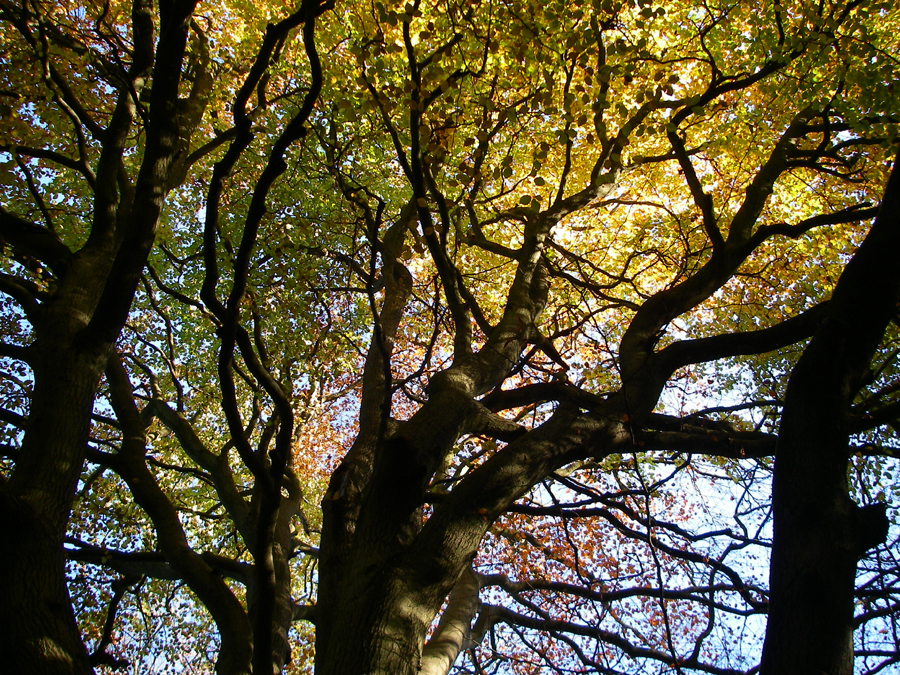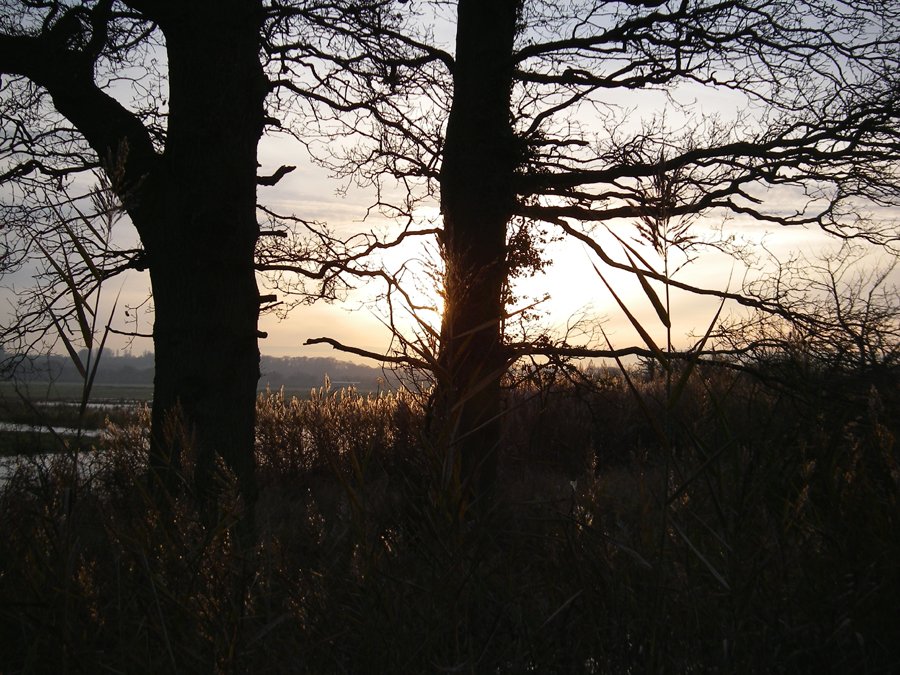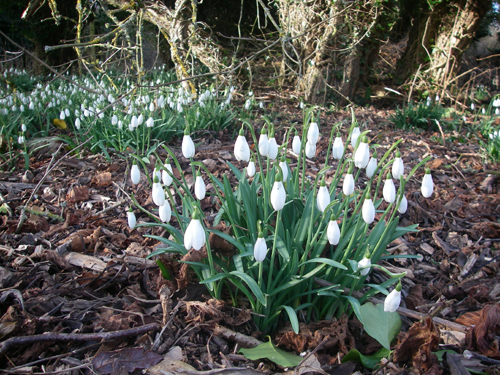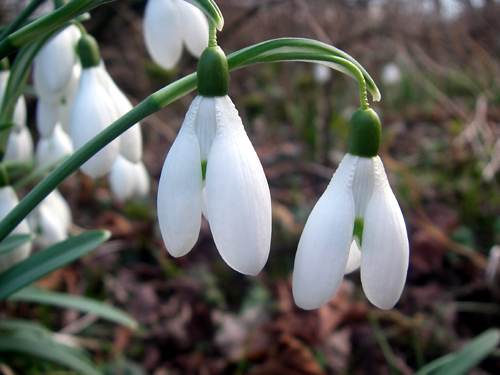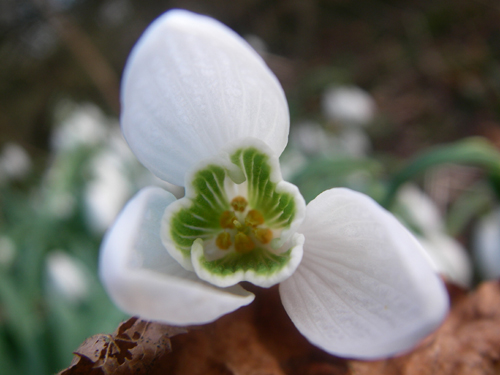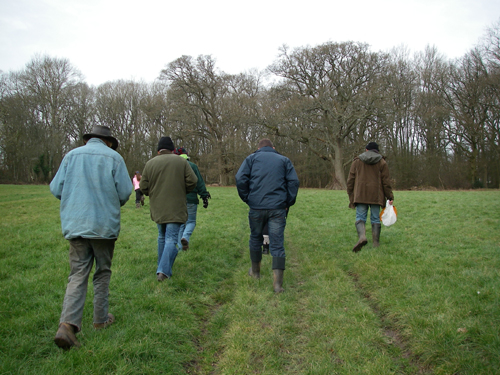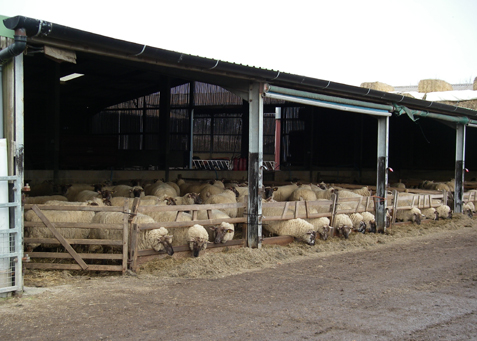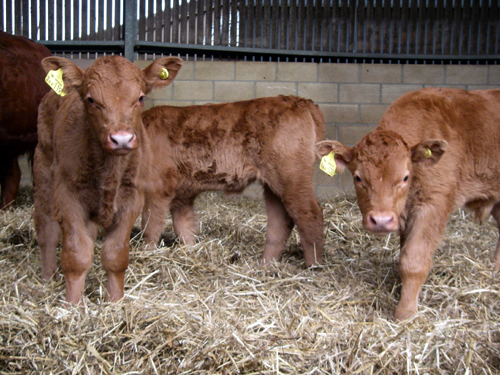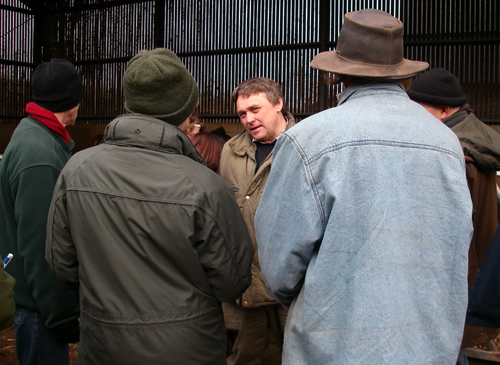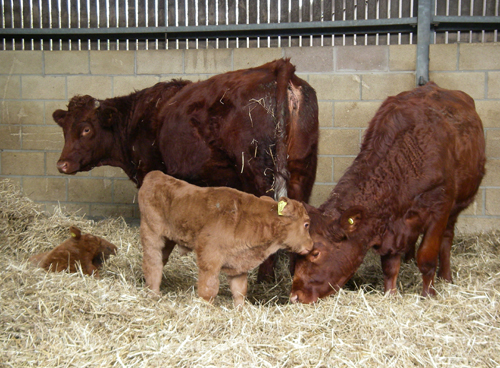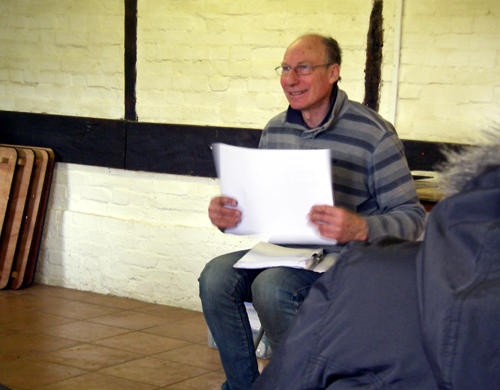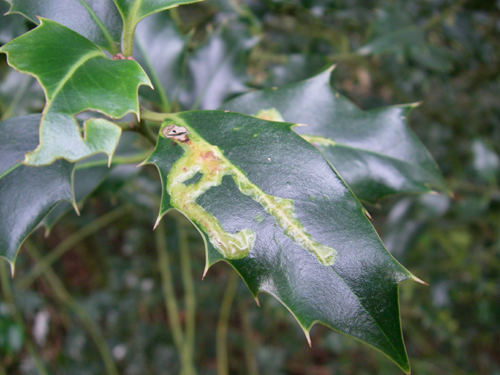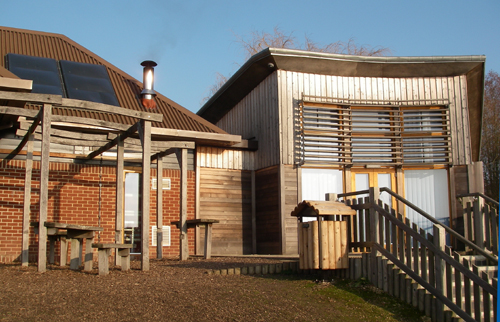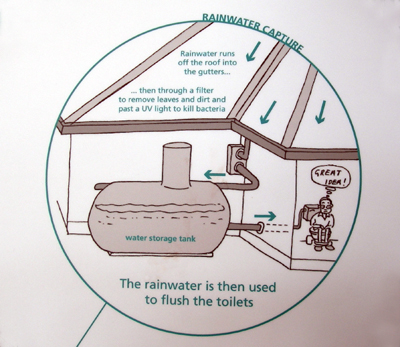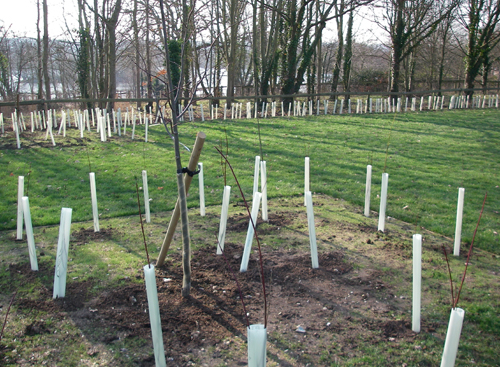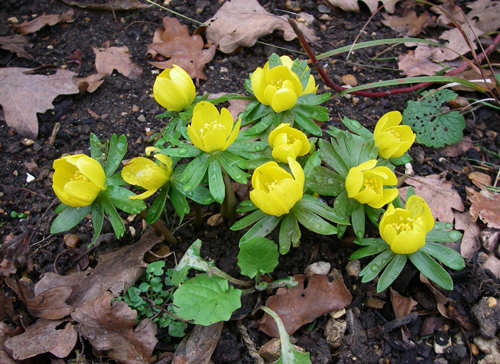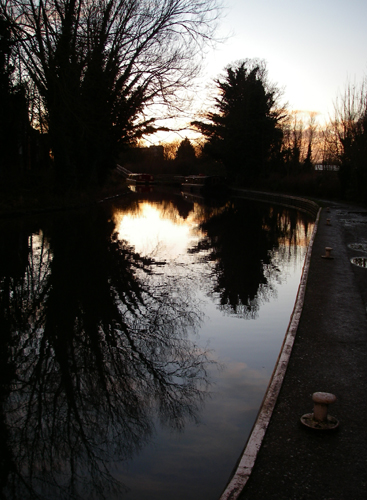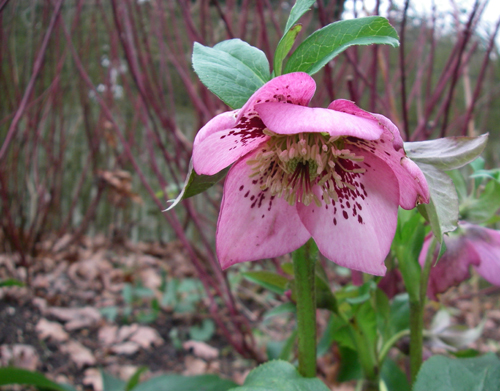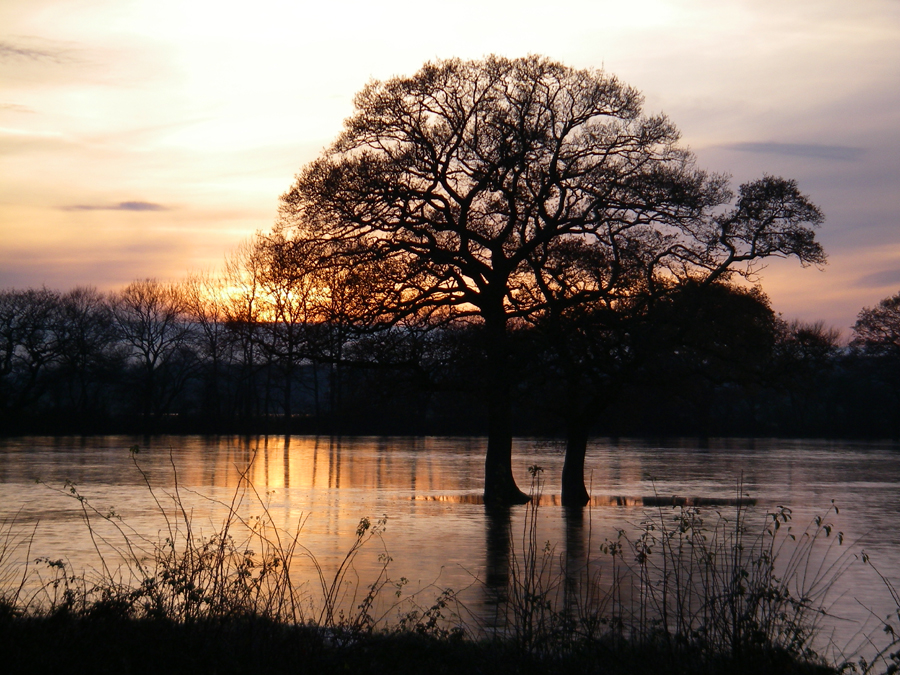 Well, it’s been a wild and wet few weeks leading up to midwinter. On the few clear frosty days we’ve had, I’ve tried to get out and about as often as possible to make the most of the winter sunshine. Even when it’s bitterly cold, sunlight is a valuable commodity at this time of year. Especially after the predominantly cloudy summer we’ve had: several of my friends have remarked that they feel sun-deprived, as if their bodies are craving a top-up. As one of the benefits of sunshine is that it enables our bodies to synthesize vitamin D, a substance important not only in bone health but also good immune system function, it’s not surprising that we’re all craving a bit of brightness at this time of year.
Well, it’s been a wild and wet few weeks leading up to midwinter. On the few clear frosty days we’ve had, I’ve tried to get out and about as often as possible to make the most of the winter sunshine. Even when it’s bitterly cold, sunlight is a valuable commodity at this time of year. Especially after the predominantly cloudy summer we’ve had: several of my friends have remarked that they feel sun-deprived, as if their bodies are craving a top-up. As one of the benefits of sunshine is that it enables our bodies to synthesize vitamin D, a substance important not only in bone health but also good immune system function, it’s not surprising that we’re all craving a bit of brightness at this time of year.
Luckily I have several friends who enjoy the great outdoors as much as I do, so I have had the opportunity to go on some lovely winter walks. The photo above was taken at the end of November at the RSPB’s Otmoor reserve between Oxford and Bicester. Three of us had been planning for some time to go and see the fabled winter starling roost there: a purpose thwarted in previous years by weather and work commitments, but finally achieved this winter… And it was truly worth the wait. I’ve seen photographs and films of starling roosts; watched a small one in London, over Wandsworth Bridge; but finally getting to see the Otmoor spectacle was a real treat. We were lucky with both the weather (freezing cold, but sunny and windless) and with the numbers of birds (around 30,000 starlings). A few birders with whom we watched the roost told us that most of the evenings they’d come out, the numbers of starlings had been smaller and the flying display very brief… But on that Friday we had almost an hour of watching what has to be one of the most magical wildlife displays in the UK.
Unfortunately you will have to take my word for this, as I was so busy watching the roost that I neglected to take any photographs. I did attempt to film a few parts of the display with my little compact camera, but the resultant blurry clips do more to capture my excitement (lots of off-camera “Whoa!” noises) than the beauty of the spectacle. Starlings perform these extraordinary massed aeronautical manoeuvres for a number of reasons: warming themselves up before roosting for the night; competing to gain the best perches amongst the reedbeds; foiling potential predators such as sparrowhawks with the confusing numbers and rapidly changing direction of their flock. But when I watch this display I am simply swept up in the beauty of it. The ebb and flow of birds, cresting and falling in dark waves against the winter sky. Thousands of individuals transformed into a single entity, turning as one; then suddenly dividing into two clouds of beating wings that form into a heart shape, a drop of water, a rising hill: one cloud passing in front of the other and being reabsorbed, before the whole flock rains out of the sky into the waiting reeds.
 Otmoor is worth a visit at any time of year, not just when the starlings are doing their stuff in winter. Its reedbeds and wet meadows support a huge range of bird species throughout the year, as well as dragonflies and damselflies in summer. And it costs nothing to visit, although making a small donation to the RSPB to support their ongoing conservation work there and at other sites across the UK would be a nice gesture.
Otmoor is worth a visit at any time of year, not just when the starlings are doing their stuff in winter. Its reedbeds and wet meadows support a huge range of bird species throughout the year, as well as dragonflies and damselflies in summer. And it costs nothing to visit, although making a small donation to the RSPB to support their ongoing conservation work there and at other sites across the UK would be a nice gesture.
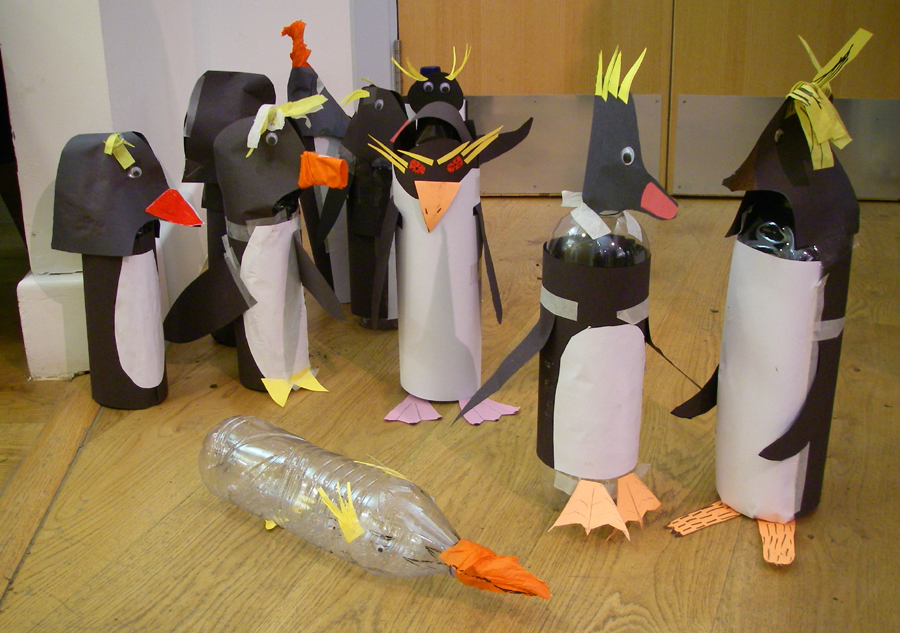 This winter I have been busier than usual in the run up to Christmas, with field teaching work continuing throughout November. The Young Rangers group that I help to run at the Nature Discovery Centre in Thatcham has continued to be popular with local children, even now that colder weather and dark evenings have moved most of our activities indoors. We had a fun time carving pumpkin lanterns for Hallowe’en, and also making models of rockhopper penguins – which later ended up being used in a noisy but fun game of penguin skittles! Northern rockhopper penguins are mostly found on the remote Tristan da Cunha islands in the Atlantic Ocean, where their numbers are declining catastrophically. The RSPB is carrying out research to try to establish the causes of this decline: possible factors include climate change, overfishing and competition from other animals. Again, money is of course needed to support this conservation work, so if one of your New Year’s resolutions is to help wildlife then consider donating to the RSPB’s UK Overseas Territories appeal.
This winter I have been busier than usual in the run up to Christmas, with field teaching work continuing throughout November. The Young Rangers group that I help to run at the Nature Discovery Centre in Thatcham has continued to be popular with local children, even now that colder weather and dark evenings have moved most of our activities indoors. We had a fun time carving pumpkin lanterns for Hallowe’en, and also making models of rockhopper penguins – which later ended up being used in a noisy but fun game of penguin skittles! Northern rockhopper penguins are mostly found on the remote Tristan da Cunha islands in the Atlantic Ocean, where their numbers are declining catastrophically. The RSPB is carrying out research to try to establish the causes of this decline: possible factors include climate change, overfishing and competition from other animals. Again, money is of course needed to support this conservation work, so if one of your New Year’s resolutions is to help wildlife then consider donating to the RSPB’s UK Overseas Territories appeal.
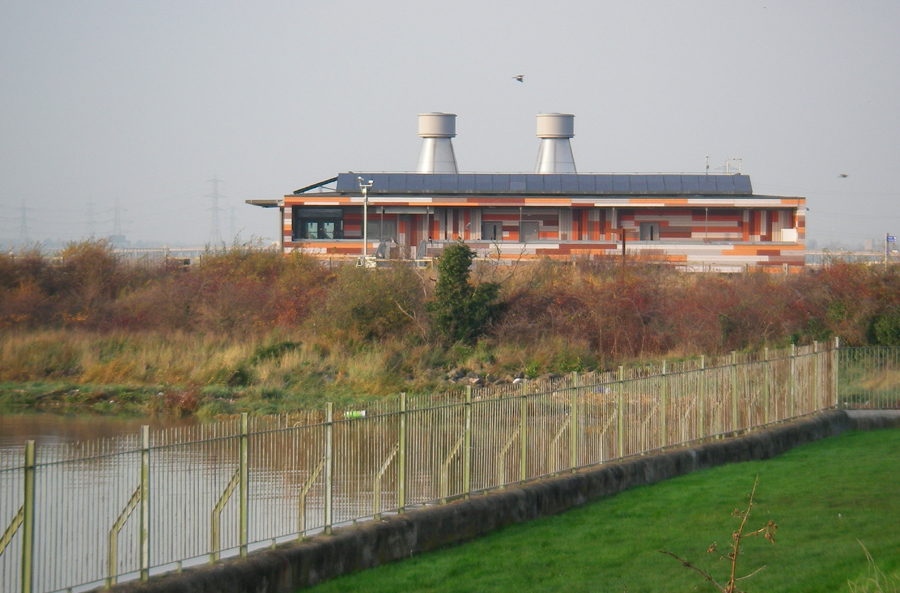 In November I also had the opportunity to revisit the RSPB’s east London flagship reserve at Rainham Marshes. I and a colleague were shadowing the RSPB field teachers there for a day as they worked with a local school, getting some ideas for developing our own teaching practice back at Thatcham. When we arrived the site was cloaked in freezing mist, which cleared slowly throughout the day to give some atmospheric views across the Thames estuary to the docklands beyond.
In November I also had the opportunity to revisit the RSPB’s east London flagship reserve at Rainham Marshes. I and a colleague were shadowing the RSPB field teachers there for a day as they worked with a local school, getting some ideas for developing our own teaching practice back at Thatcham. When we arrived the site was cloaked in freezing mist, which cleared slowly throughout the day to give some atmospheric views across the Thames estuary to the docklands beyond.
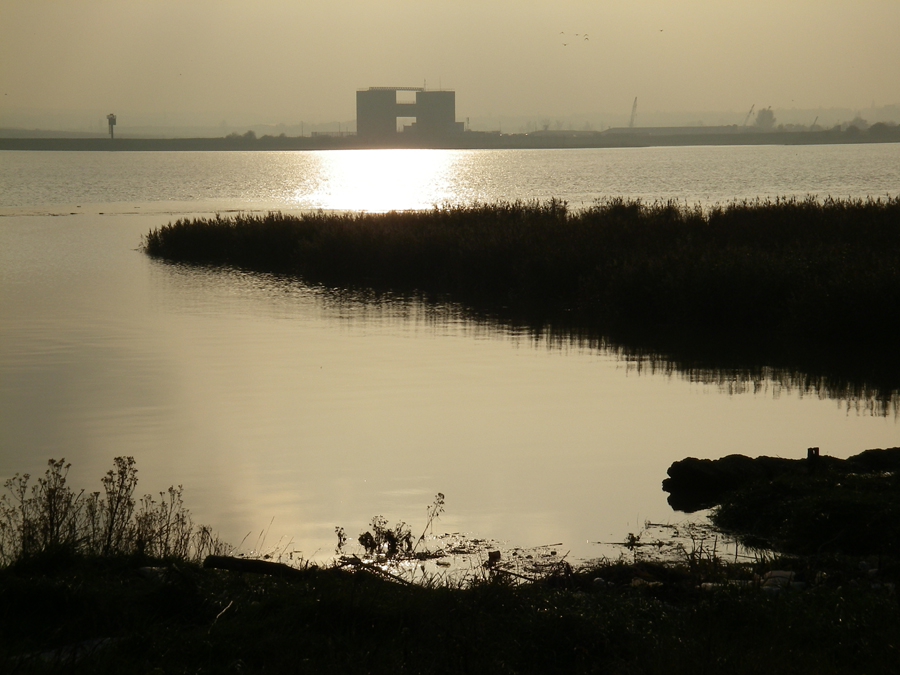 Rainham is an interesting site to visit, not just for wildlife and the excellent education facilities (I had major gadget envy for some of their teaching resources!), but also for the history of the landscape there. Gazing out over the foggy marshes I found myself reminded of the opening scenes in Great Expectations, with a young Pip startled by the appearance of the convict Magwitch out of the mist. I’ve always found the juxtaposition of industrial and natural landscapes fascinating, and Rainham is certainly a place with stories to tell.
Rainham is an interesting site to visit, not just for wildlife and the excellent education facilities (I had major gadget envy for some of their teaching resources!), but also for the history of the landscape there. Gazing out over the foggy marshes I found myself reminded of the opening scenes in Great Expectations, with a young Pip startled by the appearance of the convict Magwitch out of the mist. I’ve always found the juxtaposition of industrial and natural landscapes fascinating, and Rainham is certainly a place with stories to tell.
Closer to home, I’ve been exploring some of the woodlands around Newbury. My old hiking boots finally gave up the ghost and I treated myself to some new ones, so this gave me an opportunity to break them in on short rambles in the beech woods around Cold Ash. With all the rain we’ve had the ground was pretty much a quagmire underfoot, but curiously it hasn’t been a good autumn for fungi – at least not on the sites I’ve been visiting. I did however see quite a bit of spalted beech wood on my walk – timber with a characteristic pattern of differently-shaded areas separated by dark lines.
 These markings are caused by different types of ‘white rot’ fungi growing through the wood, bleaching out some areas and forming dark boundary ‘zone lines’ where two fungi meet. It’s common in beech and other hardwood trees, forming attractive patterning in timber that can then be turned or carved into bowls and other objects.
These markings are caused by different types of ‘white rot’ fungi growing through the wood, bleaching out some areas and forming dark boundary ‘zone lines’ where two fungi meet. It’s common in beech and other hardwood trees, forming attractive patterning in timber that can then be turned or carved into bowls and other objects.
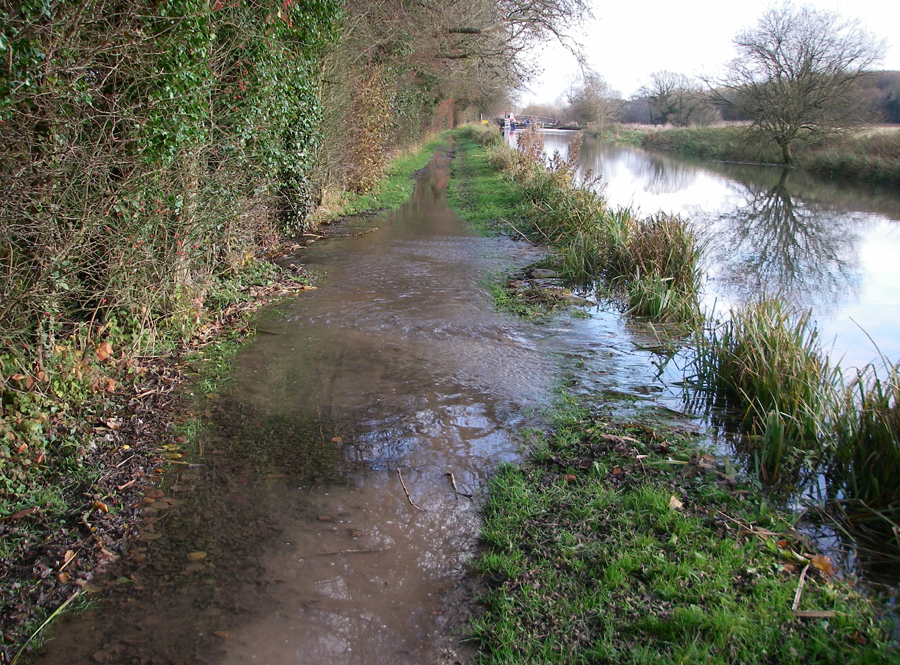 As well as exploring on foot I’ve been cycling quite a bit, especially along the Kennet and Avon canal towpath. In early December I cycled to Kintbury for a pint at The Dundas Arms, not realising that for most of the last mile or two the towpath was not so much adjacent to the canal as in it. High amounts of rainfall and maintenance work on some of the canal’s locks meant water levels had risen over the banks, making for somewhat soggy cycling. By this point on my cycle ride I was pretty determined that nothing was going to stop me enjoying my pint so I persevered, discovering en route that the secret to negotiating flooded towpaths is essentially just to keep pedalling, no matter what. I made it through the mire with freezing wet feet and a soggy bottom, but nothing that couldn’t be remedied with some Good Old Boy and a bag of crisps.
As well as exploring on foot I’ve been cycling quite a bit, especially along the Kennet and Avon canal towpath. In early December I cycled to Kintbury for a pint at The Dundas Arms, not realising that for most of the last mile or two the towpath was not so much adjacent to the canal as in it. High amounts of rainfall and maintenance work on some of the canal’s locks meant water levels had risen over the banks, making for somewhat soggy cycling. By this point on my cycle ride I was pretty determined that nothing was going to stop me enjoying my pint so I persevered, discovering en route that the secret to negotiating flooded towpaths is essentially just to keep pedalling, no matter what. I made it through the mire with freezing wet feet and a soggy bottom, but nothing that couldn’t be remedied with some Good Old Boy and a bag of crisps.
After frequent rain the ground is fairly well saturated, with standing water and flooding to be seen pretty much everywhere around Newbury and Thatcham. We’ve been lucky enough to escape the serious flooding that has caused so many problems in other parts of the UK, for which I’m very thankful: it must be hard for a lot of people to celebrate Christmas this year, displaced from their homes or businesses by inundation. Once again we seem to be suffering from ‘extreme’ weather events. After bemoaning the serious lack of winter rainfall last year, with consequent knock-on effects on habitats, wildlife and agriculture, the current heavy rainfall and consequent flooding may seem a touch ironic. But solutions to both issues may lie in the development of more sustainable water management systems, for example rainwater harvesting (RWH) and sustainable drainage systems (SUDS). I recommend reading this interesting article by Brian Pickworth, which explains how both flooding and drought could be tackled by the adoption of integrated systems for managing our water resources at times of peak and lowest availability.
A major part of any strategy for regulating water and managing the increasingly serious problems of flooding and droughts in the UK will have to be ensuring that we conserve as much of our natural wetland habitat as possible, of course. Much criticism has been levelled at the drainage and development of our floodplains, whether that be for housing or for agriculture. As a nature conservationist my sympathies are of course firmly on the side of wetland wildlife, which is the main reason why I’m opposed to the development of the so-called ‘Boris Island’ Thames estuary airport. The only case the airport-building supporters seem to have is an economic one… Although given the long-term costs of flood damage and other issues associated with unsustainable developments like these, someone clearly hasn’t been doing the math.
I’ve noticed recently that economic arguments are increasingly being used as a justification for development decisions that make no environmental sense. If any greenie dares to query the potential impact of anything ranging from fracking to nuclear power, it’s suggested that they are collaborating in some kind of Luddite plot that will drag Britain inexorably downwards in an apocalyptic economic disaster. I hope that people aren’t cowed by this financial McCarthyism. Using fear as a tool to push their own agendas is a technique long beloved by governments, but I’m hoping that in this age of access to information most of you will seek the science behind the headlines and prevent the destruction of ecosystems that are, ultimately, what keep all of us alive. It’s lovely to be able to fly abroad and visit beautiful places, but not at the cost of accelerating climate change and destroying our own native habitats and wildlife.
Ho ho ho… ‘Tis the season to be jolly, so I’ll end on a less polemical note! The nicest thing for me about this festive time of year is that I get time off from the pressures of work to go out and explore the countryside, as well as to catch up with friends and family. So in that spirit, I wish all of you a very Merry Christmas and a Happy New Year… And may you have a peaceful, healthy and prosperous 2013.

